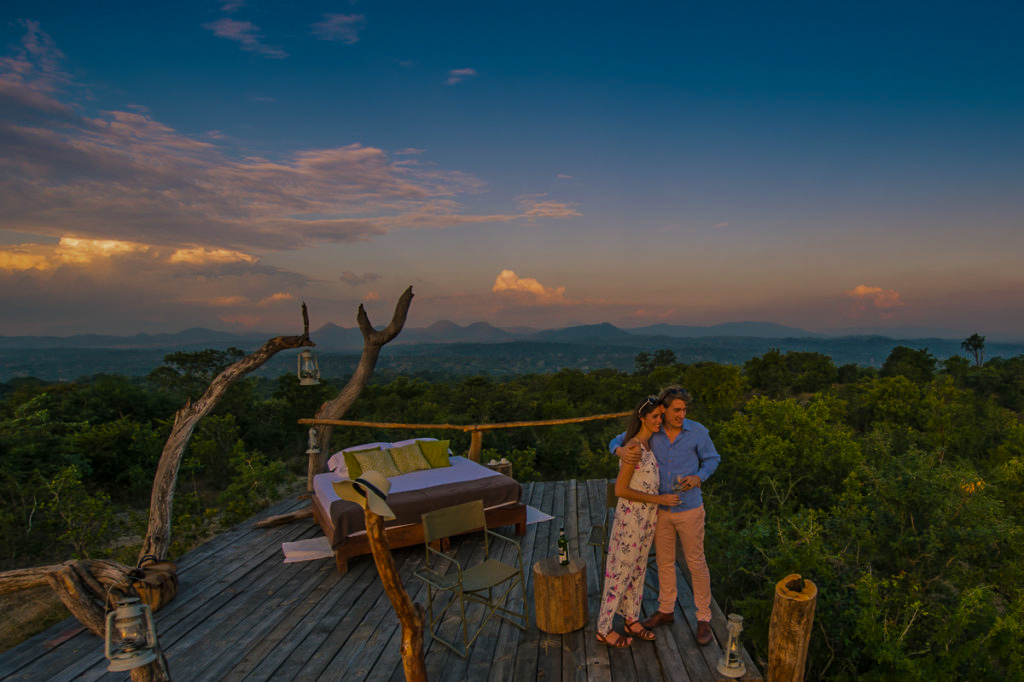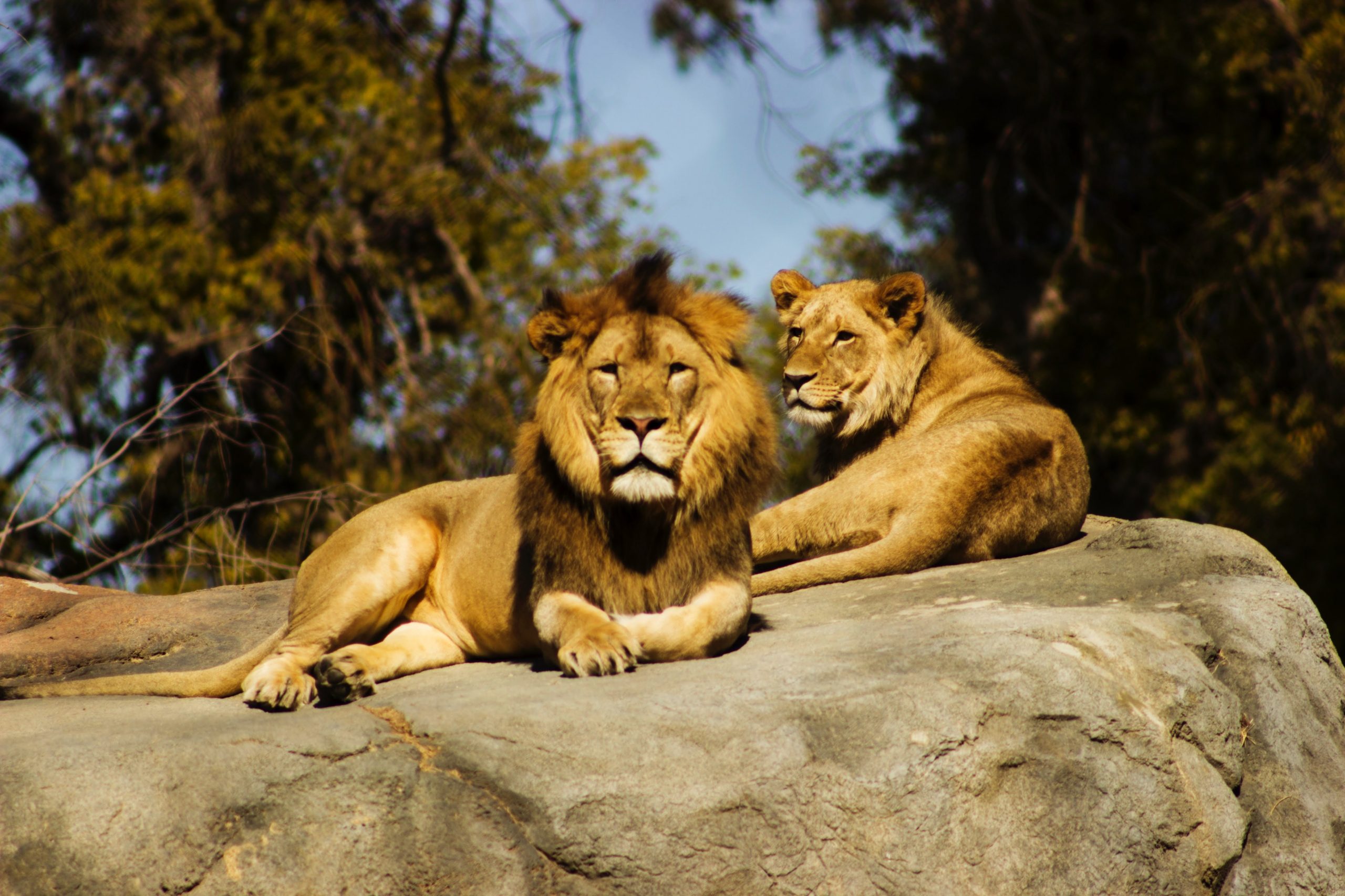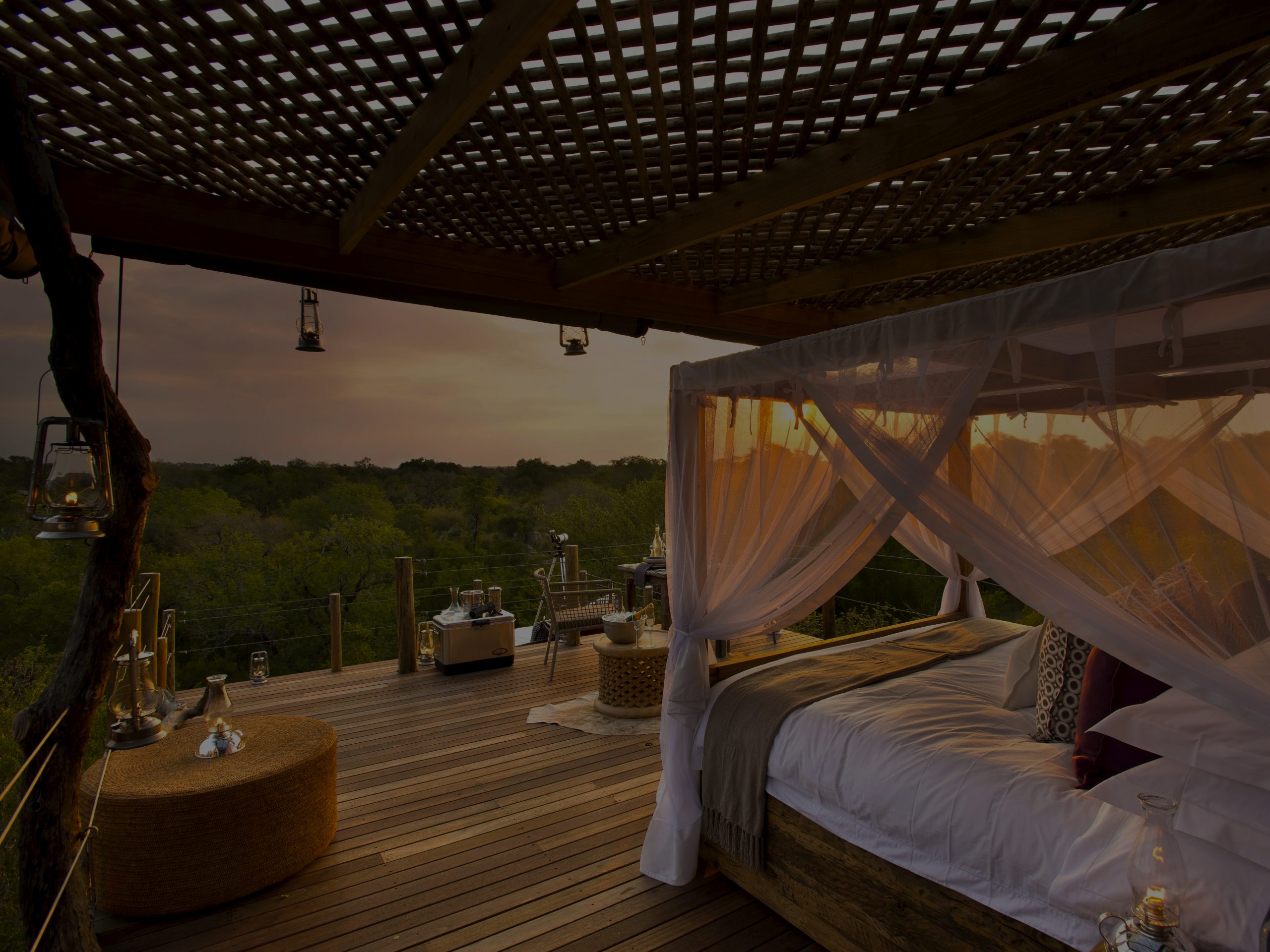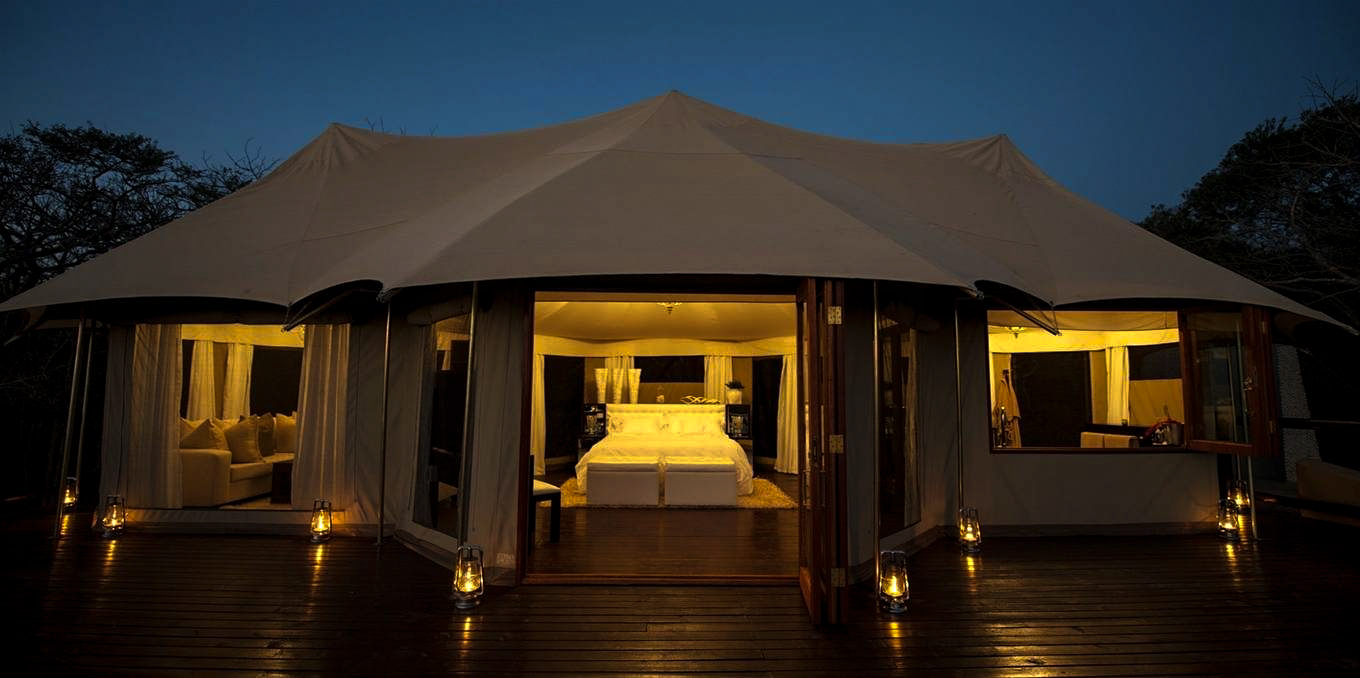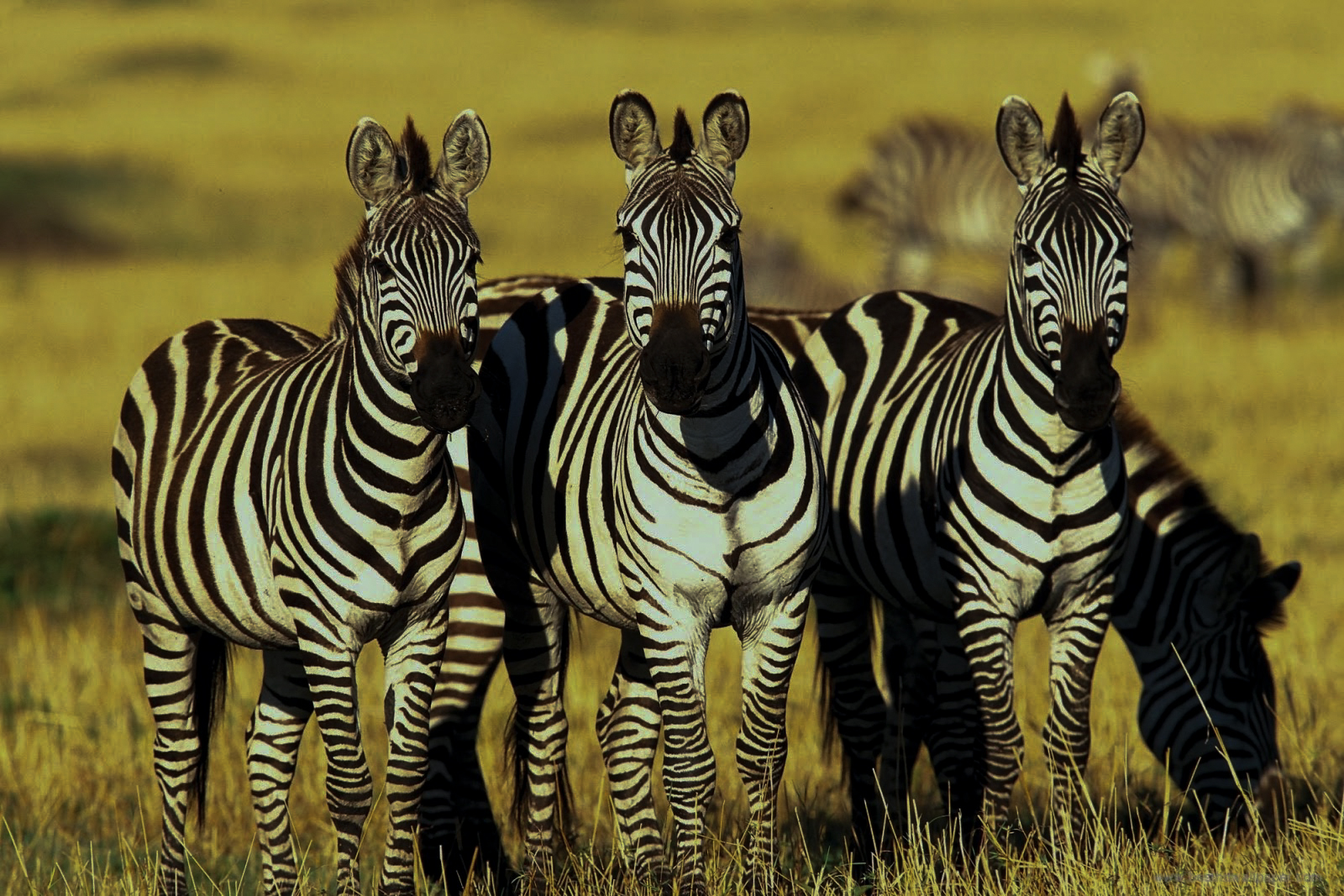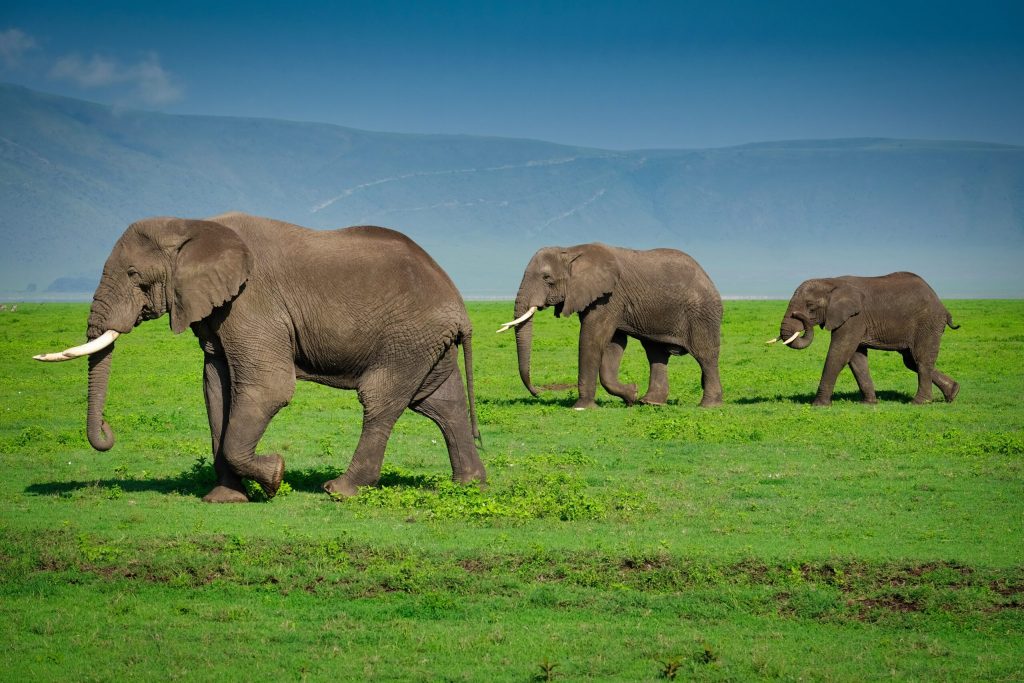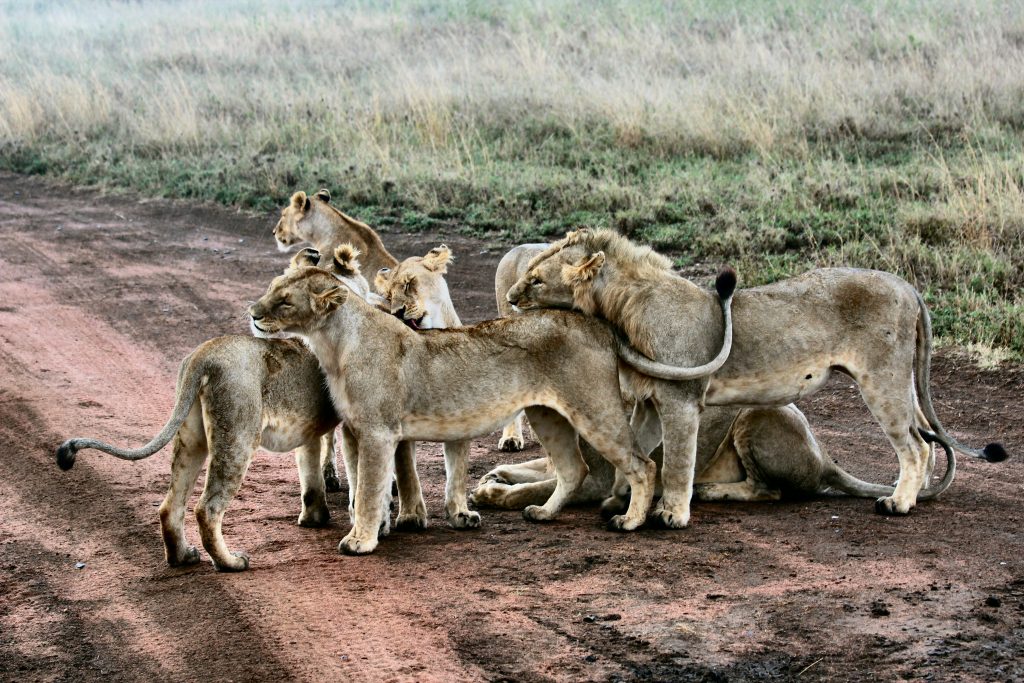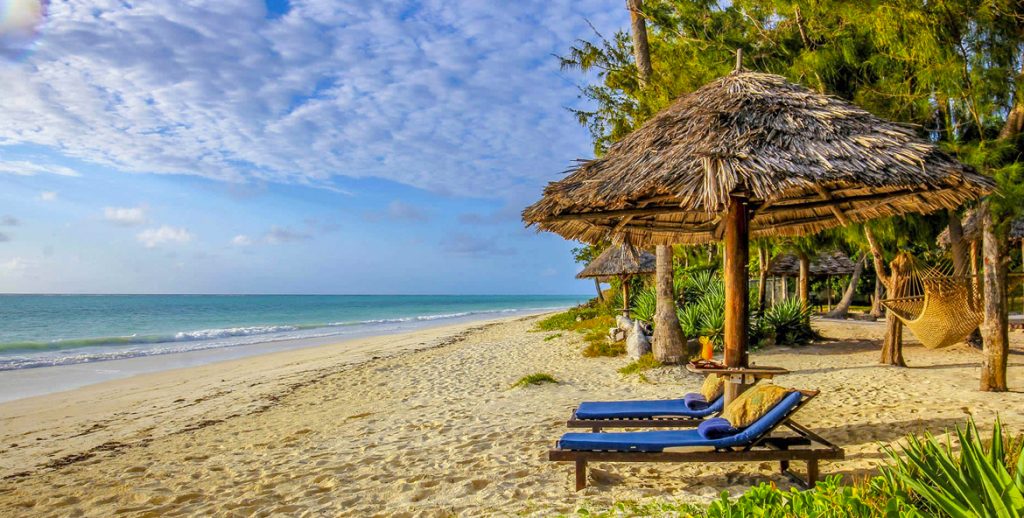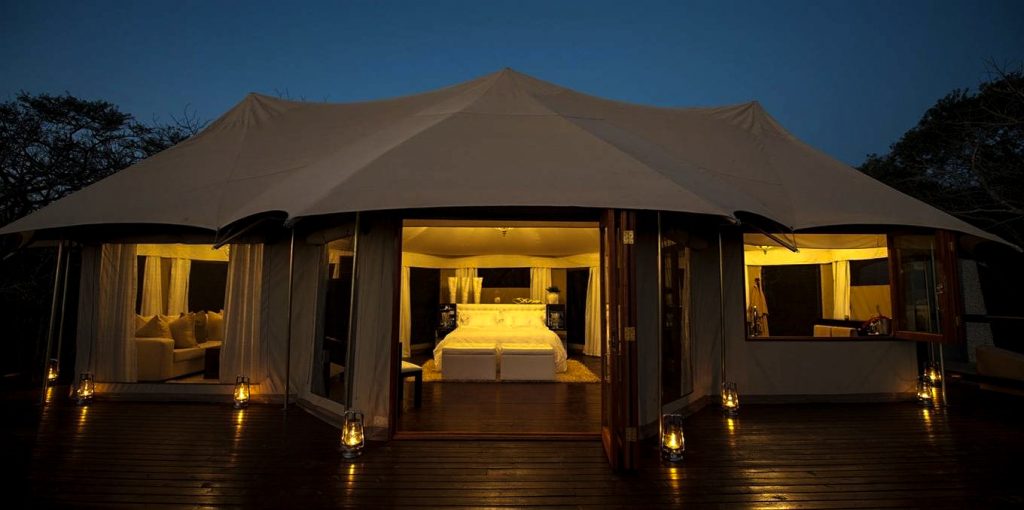Considering Katavi National Park safari?
Life in sub-Saharan Africa is ruled over by the cadence of the seasons. Nowhere in East Africa is the dichotomy between the dry and wet season more apparent than in Tanzania’s Katavi National Park.
The arrival of the rains transforms landscapes, and a scarcity (or overabundance) can mean the difference between life and death. As the last thunderstorm dissipates beyond the horizon in Katavi, the park swelters beneath a merciless sun. Rivers slow to a trickle, honeycomb cracks appear in the mud, and the remaining water becomes a raw battleground. Hippos pack together in lingering wallows, crocodiles slither into sandbank caves, and herbivores must run the predator gauntlet as they line up to quench their thirst each day. For those in the know, this is what makes the remote Katavi one of the most electrifying safari destinations – a seldom-visited natural nirvana.
At 4,500km2 (450,000 hectares), Katavi is one of Tanzania’s largest national parks. It is situated not far from the country’s western border, just east of Lake Tanganyika in a truncated arm of the Great Rift Valley (the Rukwa Rift Basin) that ends around Lake Rukwa. The Lyamba Iya Mfipa and Mlele escarpments line the park to the west and east. The protected area is significantly augmented by surrounding game reserves, including Rukwa, Lukwati and Luafi (also spelt Lwafi) Game Reserves. Together with the national park, these reserves encompass some 12,000km2 (1,2 million hectares) of prime wilderness, stretching to the Ruaha ecosystem to the east and the chimpanzee forests of Mahale National Park to the north. Much of the park is dominated by miombo woodland interspersed by vast open clearings (including the 425km2 – 42,500 hectares – Katisunga Plain) and floodplains. Naturally, life revolves around the park’s rivers and reed-lined waterway networks. The Katuma River feeds the seasonal Katavi and Chada Lakes, its network supplemented by the Kavu and Kapapa Rivers. Ancient riverine forests dominated by tamarind trees line these river systems, providing ample shade for the elephants, buffalos and tourists that seek refuge beneath the canopy during the soporific heat of the day.
East Africa is, of course, a safari mecca and there are many places where wildlife viewing is simply extraordinary. Yet Katavi, on Tanzania’s southern circuit, stands out because it is so far off the traditional beaten safari track that it receives fewer than 500 visitors every year. Those visitors who make the journey are richly rewarded and often find themselves with a vast chunk of African savanna to themselves, without another tourist in sight.
